Lithium-ion batteries: advantages, regulations, risks and possible solutions
Daily Nautica has interviewed a number of industry specialists to find out more about lithium-ion batteries
Daily Nautica has interviewed a number of industry specialists to find out more about lithium-ion batteries
Over the last few years, the use of lithium-ion batteries has increased considerably in the boating industry, thanks in large part to market trends and environmental regulations requiring a reduction in emissions, technological progress and the progressive mentality of consumers themselves. These factors are increasing electrification and accelerating the transition to hybrid propulsion systems, the demand of which is on the rise.
In order to have some clarity on the advantages of lithium batteries as well as the regulations, risks of use and possible solutions, we talked to a number of professionals in the industry and collected statements from those who have dealt with fires caused by lithium batteries.
Why are lithium-ion batteries used?
Their use is spreading because they have an extremely high power density with reduced size and weight. Therefore, they have more storage and autonomy which translates into, for example, keeping generators powered off for hours.
In a hybrid vessel, the use of a lithium-ion battery system allows the engines to be turned off during periods of low power consumption, like when a tugboat is berthed or when a motor yacht is travelling at slow speeds. In this manner, engine maintenance costs are reduced, as well as emissions, noise and vibration. However, the high power density and materials used in these batteries carry risks that cannot be ignored.
“When we first started installing this type of propulsion system around 2006/2007, we used products that were initially developed for the automotive industry and successfully transferred into the naval industry, and these had a certain safety level, but, as there were still no regulations, installing these on yachts was difficult,” explains Francesco Rogantin, naval engineer and founder of Names (Naval Architecture Marine Engineering Studio).
“We carried out an accurate risk analysis – continues Rogantin – identifying the type of battery to install and, analysing the tests already done on the battery for fire and gas emissions, we identified where to install it and any problems tied to that location, taking all precautions possible to make the vessel safe.”
Regulations for lithium-ion battery use
“Initially, – says the naval engineer – Lloyd’s Register was the only reference, but in the meantime new, specific regulations were introduced for this type of installation and now, even RINA has updated its own. Today, RINA’s regulations for installation must be followed, even when the provision is not applicable. For example, for vessels under 24 metres, where there is a provisional loophole, RINA asks us to follow naval regulations.”
RINA supplies specific regulations both for the testing and certification of lithium-ion batteries, as well as for their installation on board.[1]. “For vessels under 24 metres – confirms Giorgio Gallo, Head of Italy & South of France RINA Yachting Services – we follow provisions for larger yachts, adjusting the parameters for smaller vessels, for which we also adapt the regulations for specific activities on the Risk Assessment.”
“We have reached a point where vessels are safe – notes Rogantin – because lithium-ion batteries are installed in the right places, and when possible, in a separate area created for this singular purpose, with adequate fire suppression, ventilation and cooling systems.”
But we aren’t just talking about propulsion systems. Lithium-ion batteries are also used in a number of devices, including water toys which are increasingly popular on vessels.
“The problem today – says the founder of Names – is often caused by the batteries in the toys, which, up until now, have not followed these procedures. Steps have been taken over the last few years and guidelines are being written, by a number of countries, giving instructions for their storage.”
Problems with lithium-ion batteries
Over the last few years there have been significant and catastrophic events involving superyachts and megayachts, which were caused by lithium-ion batteries. An interesting statement we collected, was issued by Andrea Pezzini, DPA for Floating Life and project manager for a yacht which burnt in a fire caused by a lithium battery. During that predicament, Pezzini followed extinguishing and safety procedures in order to secure the damaged vessel, and took photographic evidence.
“Lithium fires have an intrinsic problem – explains Pezzini – they are electrical fires which fuel themselves, once a fire has started, it keeps burning until the lithium is exhausted, it hardly needs any oxygen. Lithium fires, cannot be extinguished, so the most important thing is cooling.”
Possible solutions
The problem exists, but the market is rapidly adapting, and new solutions are being created, like the one proposed by Sealance for electric vessels between 12 and 30 metres. This is a very small (90x80x60 cm) lithium-cobalt battery, with an 83kW capacity and over 250kW power at 450 volts, designed not to catch fire. Inside this battery are 36 batteries submerged in dielectric fluid which stops, even in the case of severe damage to a cell, the flames from spreading to the other cells. In this manner, the damaged cell is isolated, guaranteeing that the other batteries continue working.
Another example are the salt batteries. “We are increasingly suggesting salt batteries – says Francesco Rogantin – which have different performance, and don’t have the same power density, or the same discharge coefficient, but are much safer, they cannot catch fire and do not require fire suppression regulations.”
But the key factor when using lithium-ion batteries, is to use the correct precautions:
- a solid risk evaluation;
- following guidelines for manufacture, storage and use of the batteries;
- turning off the power source;
- ensuring that the crew is fully trained and capable of activating safety systems in case they don’t activate automatically;
- installing the right monitoring systems and ensuring they are functioning correctly.
We hope that these steps are regulated as soon as possible for the private pleasure boating industry incorporating the different policies and new guidelines supplied by the industry as a whole.
[1] One of these is the following “Rules for the Classification of Pleasure Yachts” (Effective from 1 January 2023) – RINA
Topics: battery safety, lithium-ion batteries

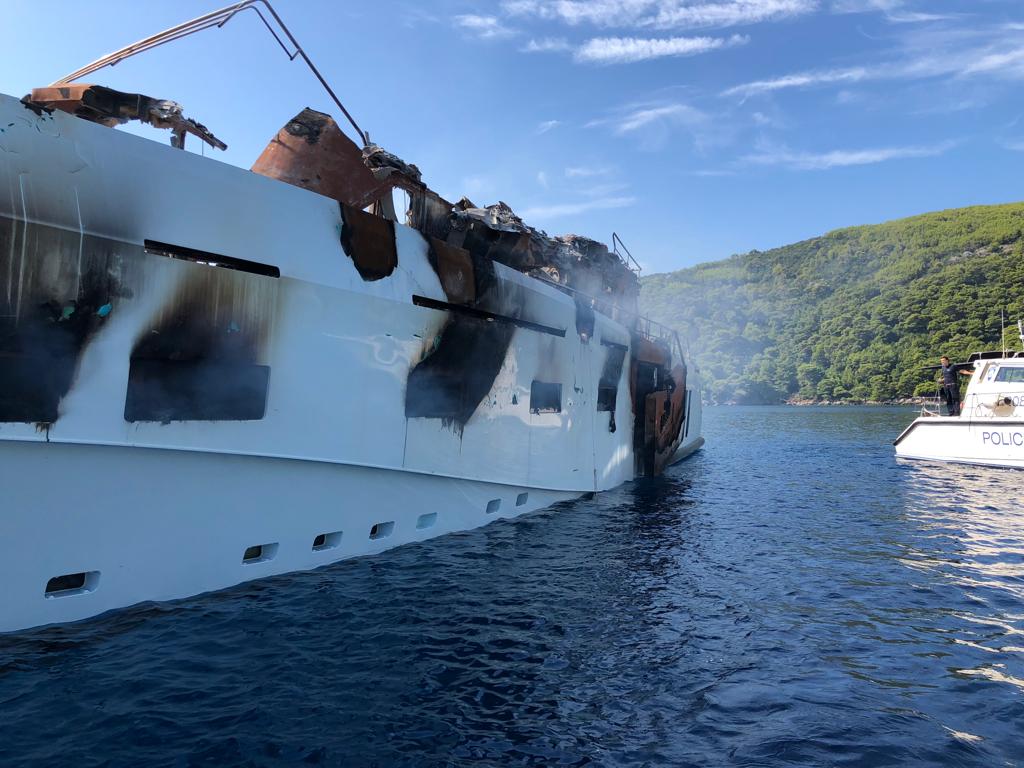
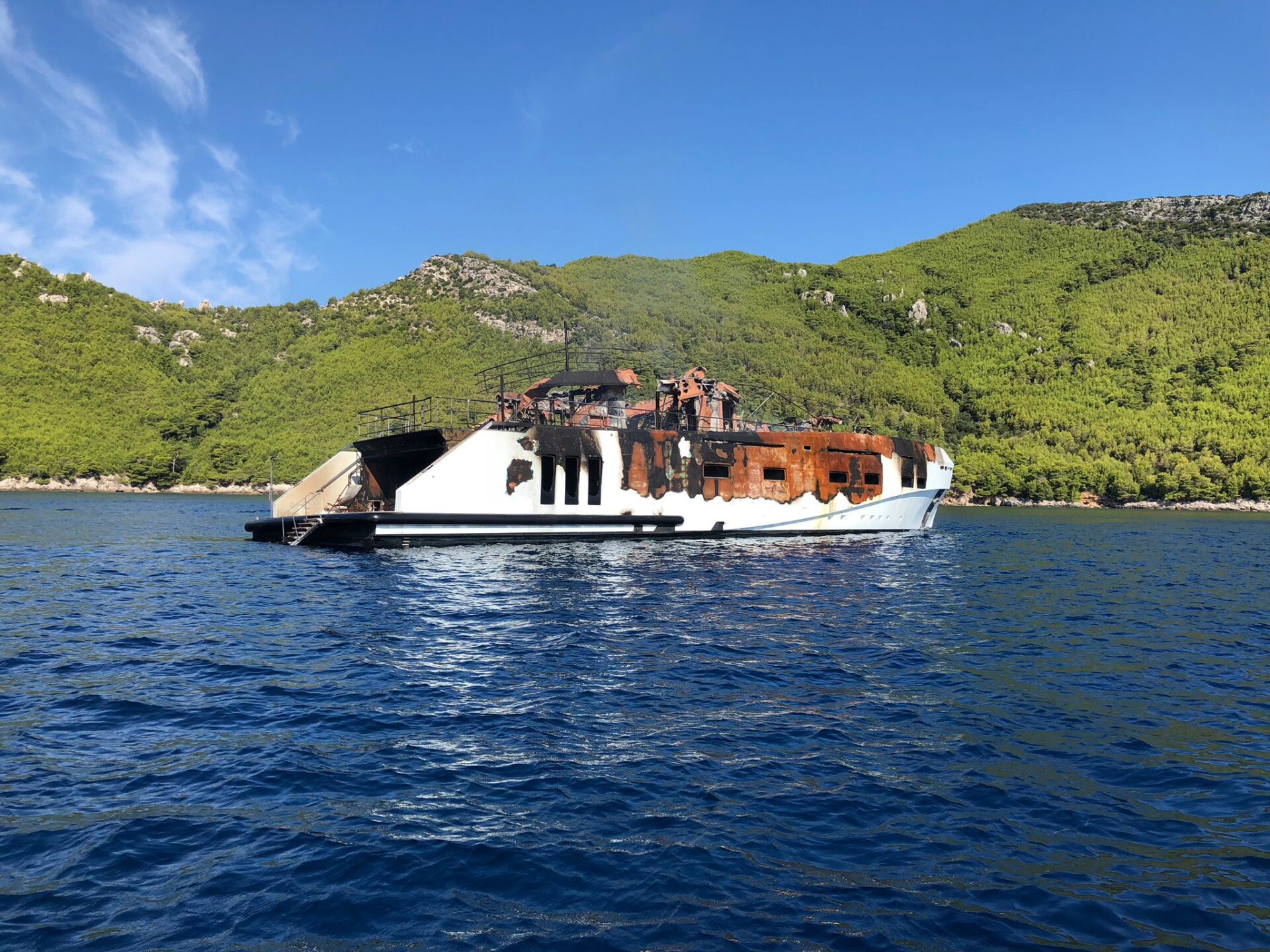
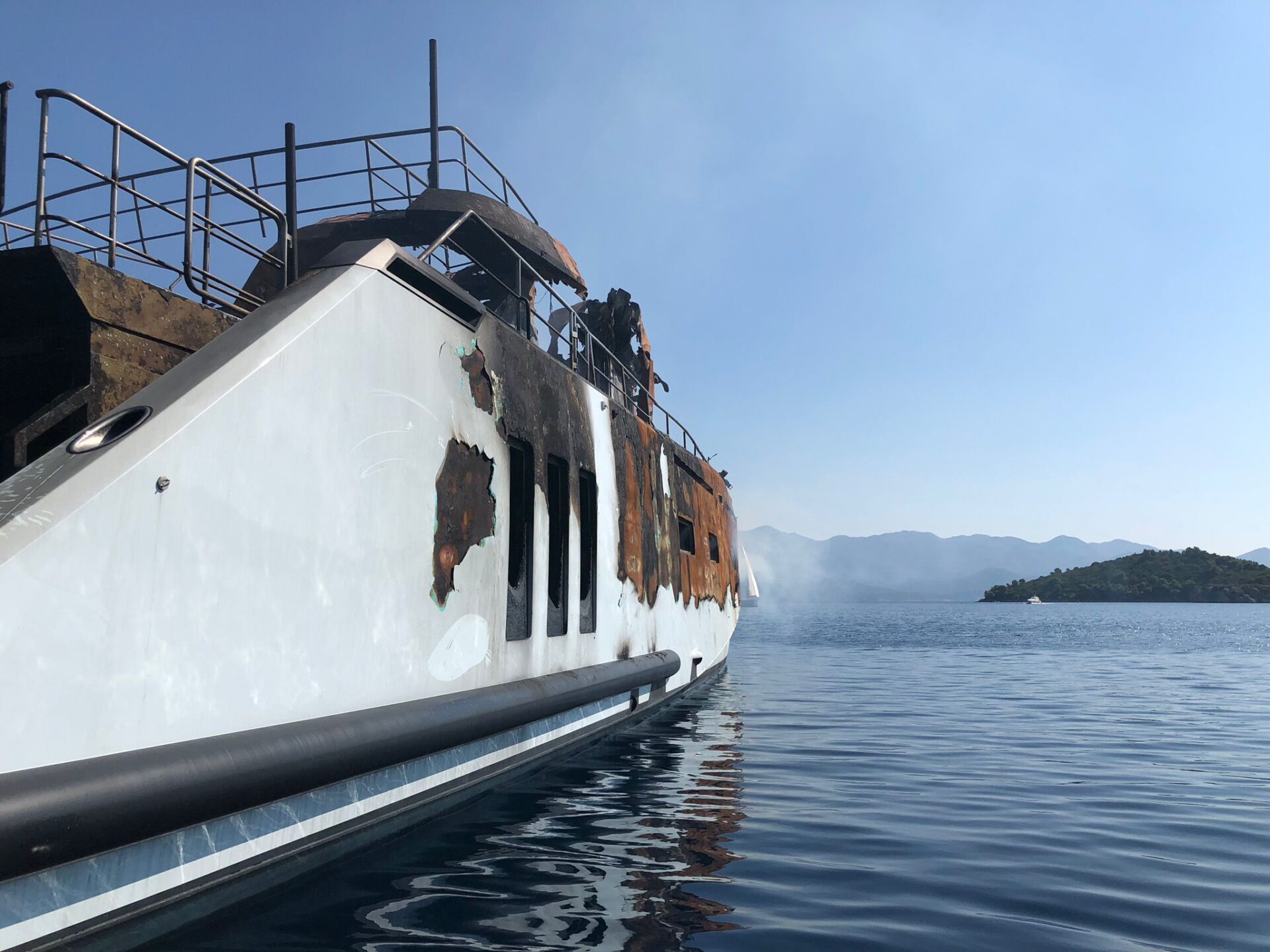


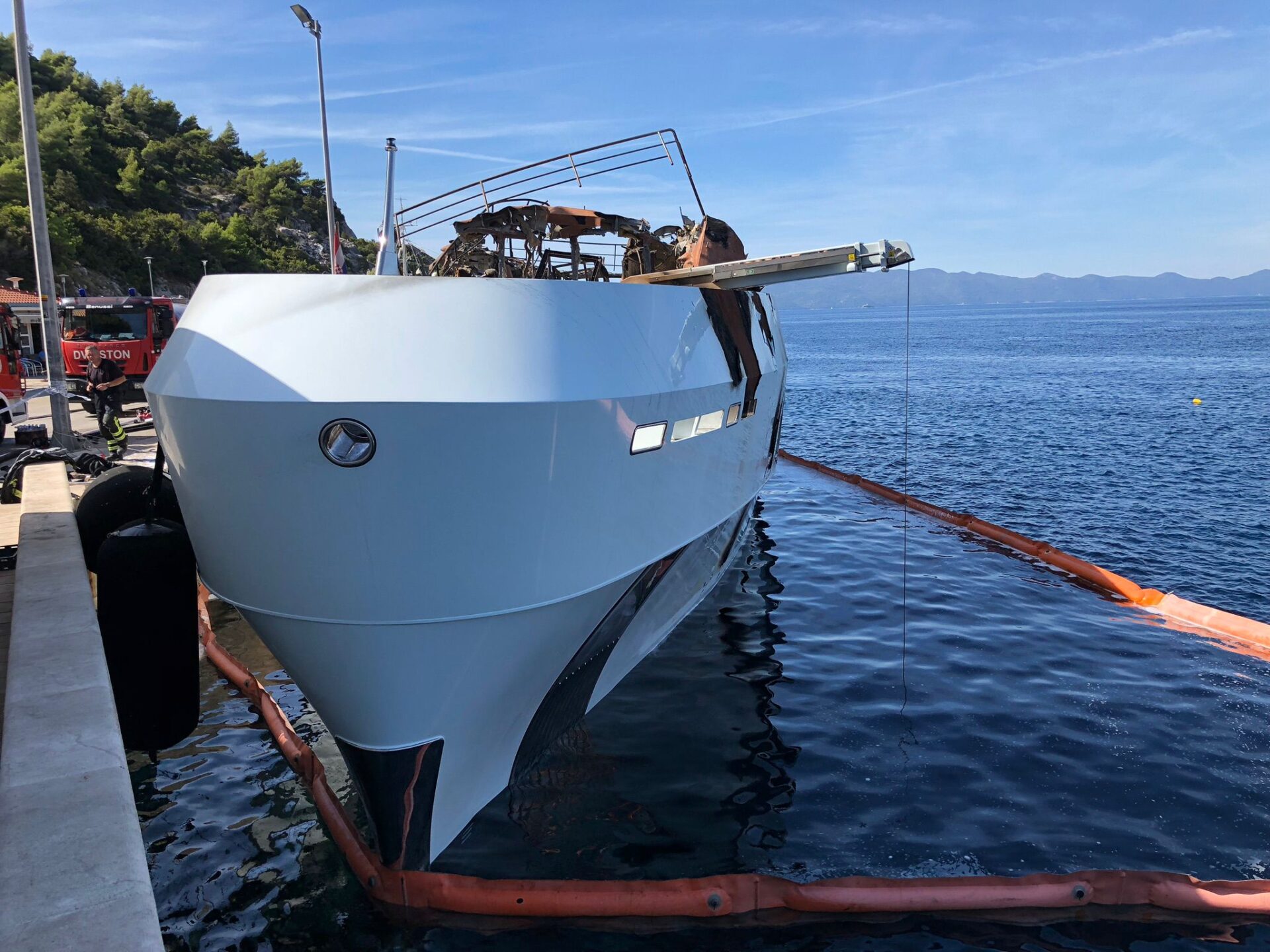
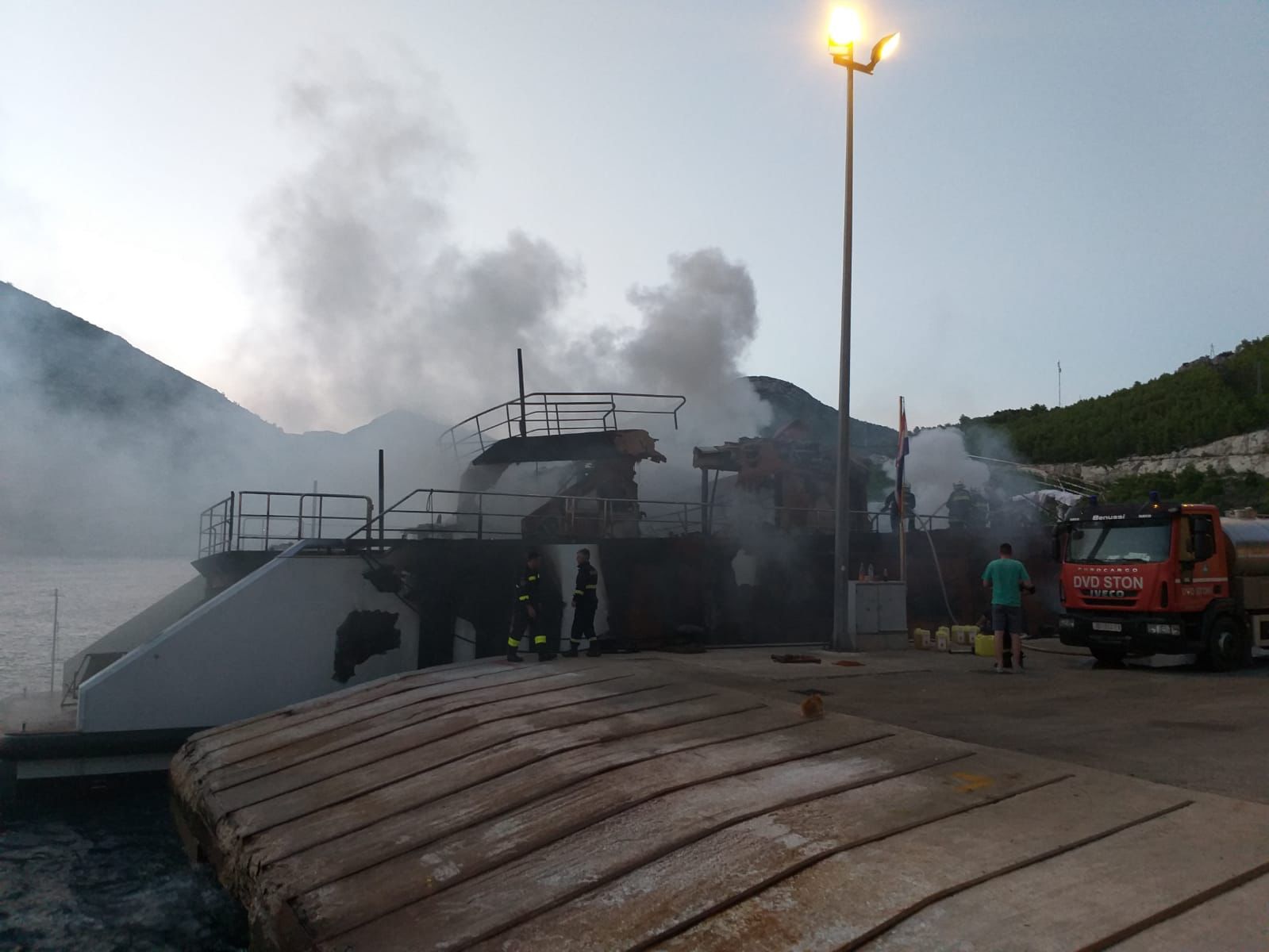
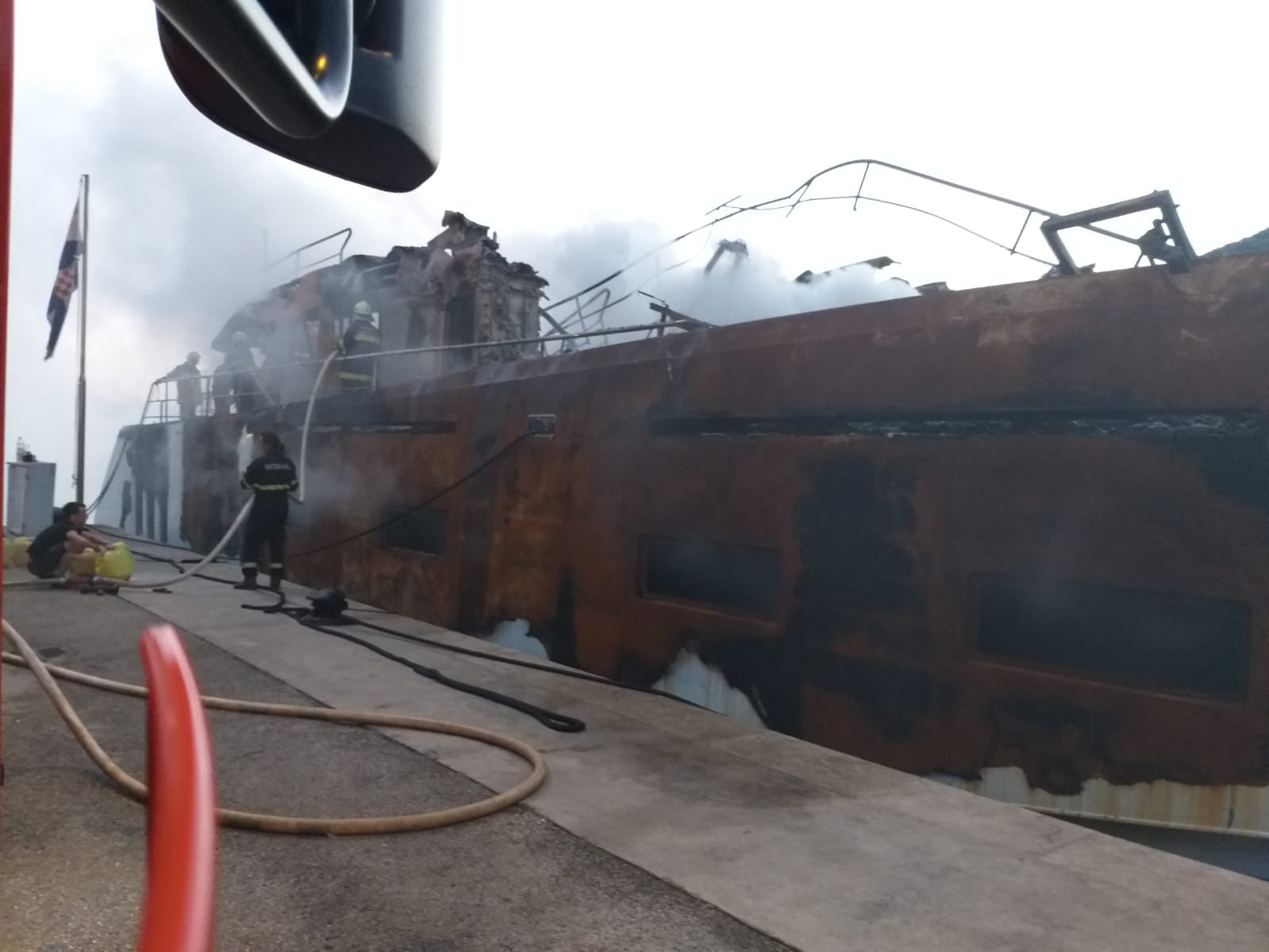
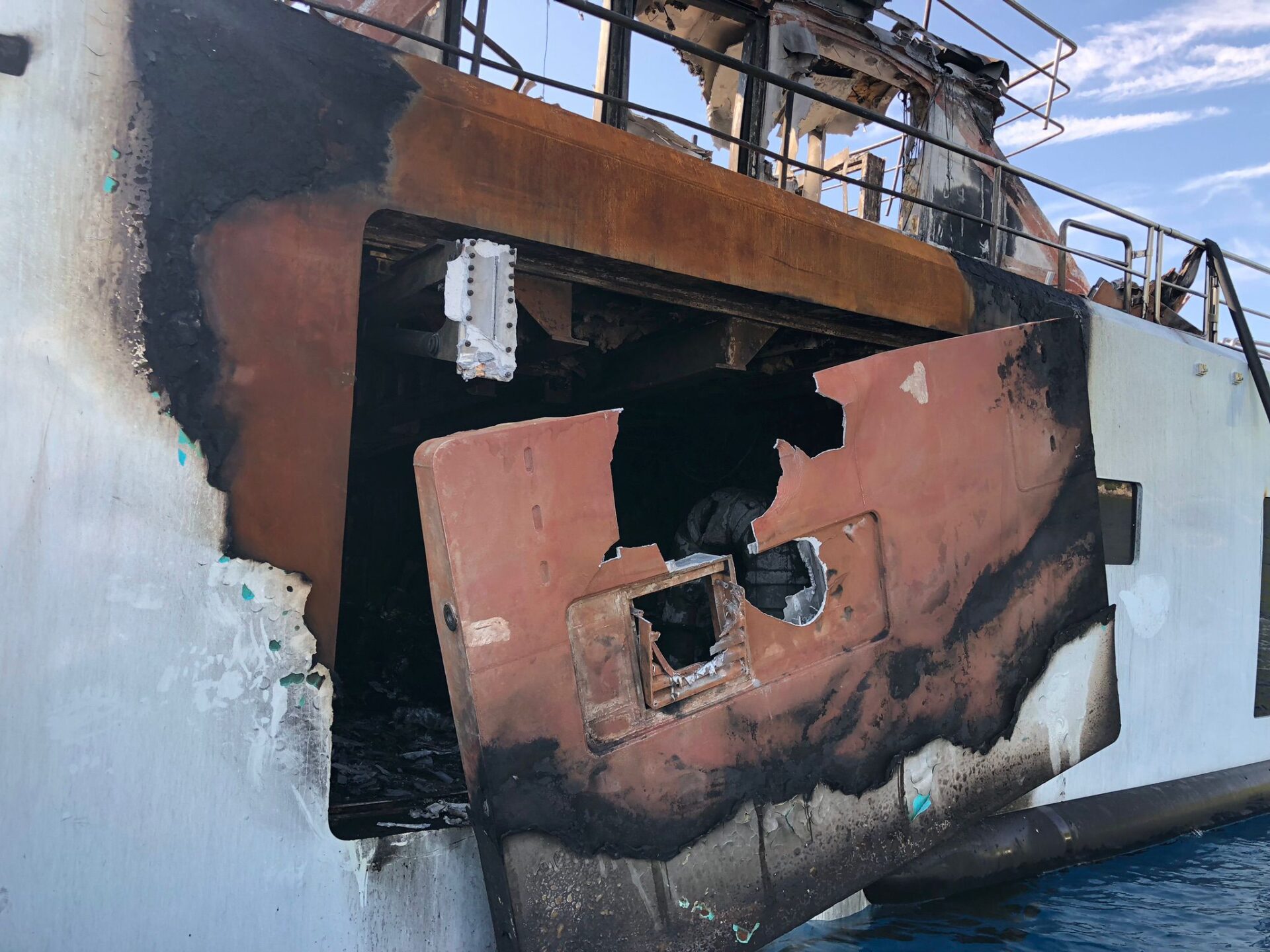



Battery management at battery cell via measurement of electrical parameters is also a way to prevent fire. BMS at cell level control can isolate poor performing cells long before they even catch fire. Check out the Exro Cell Driver for example. New tech but should do the trick!